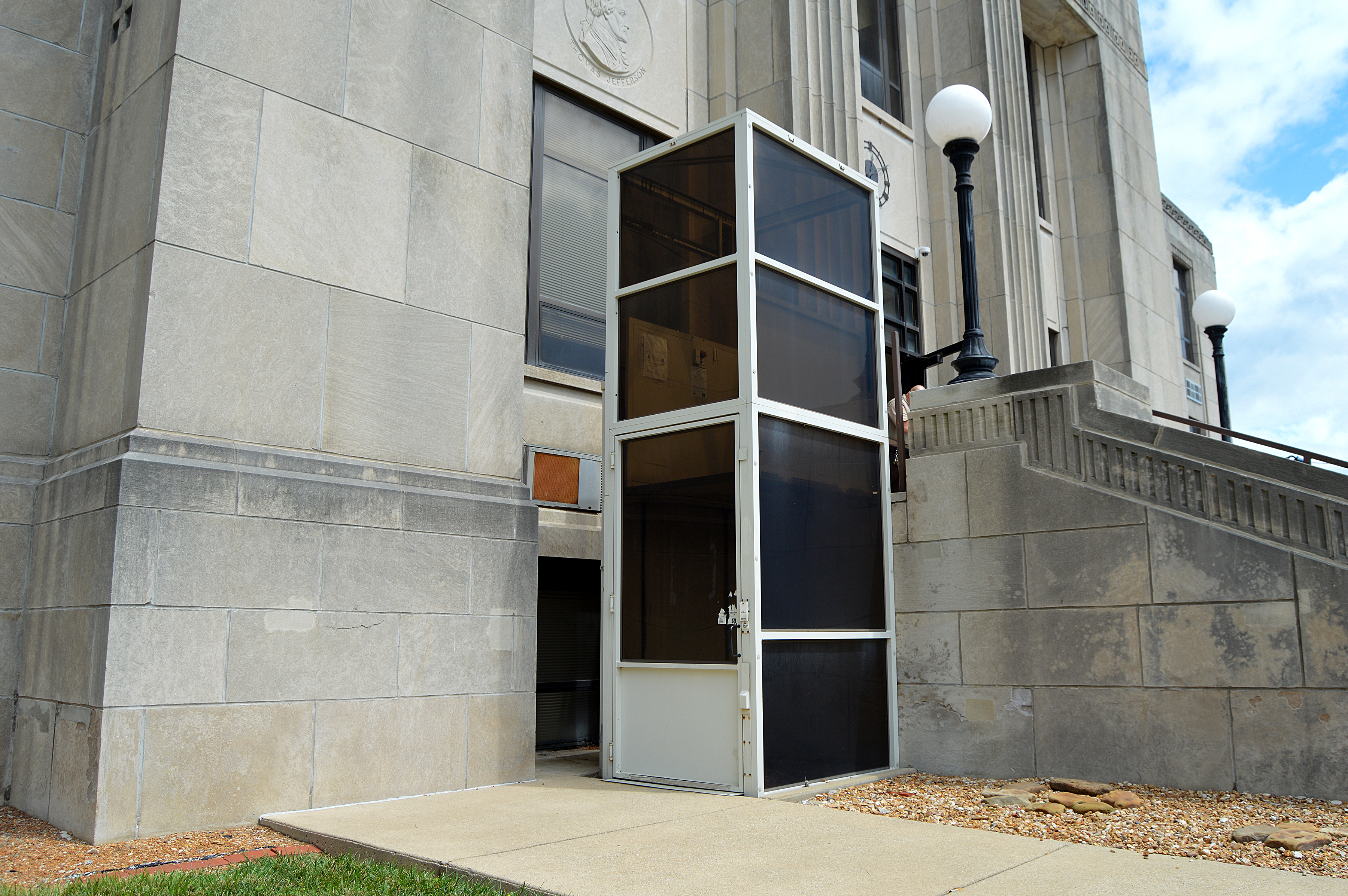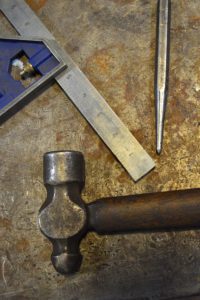
Elevator Code – Respect the Code
August 17, 2018
Chairlift
August 23, 2018Its All About the Tool – The Evil of Proprietary Tools

Ask any handyman, shade tree mechanic, do-it-yourself-er, or even professional and they will say that using the right power tool or hand tool for the right job makes all the difference. If you have ever tried to take lug nuts off with a pipe wrench you know what I mean and the wrong type of screw driver can give you bloody knuckles, a massive headache, or worse.
But, finding the right tool isn’t as easy as it sounds. After all there are over 30 different types of drivers used to turn screws from the simple Frearson to the familiar Phillips, the Dzus to the 12-spline flange. Fortunately, there are also over 20 different kinds of hammers for beating a screw in if you have misplaced your favorite Pozidriv driver or stripped out the head.
Finding the right tool is hard enough.
But, what is even more maddening is when someone intentionally hides the tools you need, making your job even harder, if not impossible. In many respects that is the tactic of big elevator companies. They have often been hiding tools from you and playing keep away with them, making working on your elevator very difficult or impossible. This is done by creating tools crucial to elevator operation, diagnosis and testing, proprietary. In other words if you want to have work done on your elevator you often have to use a specific tool that only they have and they will not let you borrow it or buy it.
If more people knew that was part of the deal, they would very likely have never agreed to install an elevator requiring proprietary tools in the first place. But, big elevator companies know that keeping the initial cost of the elevator low is how they get jobs and the buyer is usually looking at the cost of the unit sold, not the cost of ongoing maintenance.
Would you buy anything else knowing this?
Imagine if that took place with a car purchase. The price is right and even lower than comparable vehicles and it looks great in the brochure, but in the fine print a lopsided maintenance agreement is included, saddling you with a monthly charge whether you need the maintenance or not. Then without prior notice the cost of the agreement goes up and then up again. When you are finally able to extricate yourself from the deal, the car company holds on to the tools like the firm grip of death so no one else can work on your car. The result is that over time, your car is vanquished to the confines of the garage as tires go flat or brakes start to squeal unless you reinstate the atrocious agreement that you just got out of. Wisely, you would never stand for that. But that is very often what happens with elevators.
What consumers usually don’t know is often the elevator maintenance agreements are far more lucrative than the elevator sale itself. Big elevator companies understand that coming in lowest on the bid or cost estimate not only nets them a tidy profit from the elevator sale, but usually 25 years of income on maintenance. So to keep winning bids and wooing prospects, they generally keep the unit sales price down, maintenance costs up, and the proprietary tools often lock you in “or else”.
You can’t make this stuff up.
Some will say that I am exaggerating or just plain, old “making stuff up”. They insist that there is no way a company would prefer non-functional elevators to possibly losing a dime and that they would not intentionally harm the buyer of the elevator by keeping needed tools from them.
Well, guess again, because when I say intentional, I am not exaggerating! In Berks County Pennsylvania they had to learn the hard way when Otis Elevator was so determined to keep the tools out of the hands of a customer, that it took a court order from a federal judge to get the necessary tools. Finally, after legal wrangling and the judges involvement, Otis Elevator Company handed the tools over. As usual, Otis fought tooth and nail. Their intention, made clear in court documents strongly appeared to allow elevators to sit inoperable because they wanted to deliberately prevent the county from getting their hands on the tool for the elevator the county owned. Yes the county should have read the fine print, but this practice needs to be more widely known.
Ya know, my father-in-law is one of the greatest guys in the world. He is a true handyman and a tremendous help with chores around the farm, but he tends to use tools and then forgets where he puts them. He has planted more sockets and wrenches than most farmers plant corn. Its just a shame they don’t grow like corn, because we would have had a bumper crop of hand tools every year. He and I have gone round and round about his habit of leaving tools out and it has caused me heart-burn more than once.
See, I am “A job isn’t done until the tools are put away” kind of guy, and he is not. But, after all is said and done, there is forgiveness and reconciliation because although forgetful, he is not intentionally trying to harm anyone or hold anything over someone’s head. The same can’t be said for some big elevator companies and that is a big difference.
Rainbows and Unicorns
Usually these blogs end in a ray of sunshine with a list of to-do’s to help prevent costs or to assist in keeping your elevator running smooth as silk. But this time the list is very short.
My advice — never, under any circumstances, buy an elevator with proprietary parts and tools. If you are part of the bidding process, realize that the low bid is not always the best choice and maybe just the “come on” to trap you in a contractual hell. To combat this always figure the bid to include 25 years (life of the elevator) maintenance cost estimate into the final projection. Make sure to read the fine print and include the automatic increases. Also, if you are looking at buying a building with an elevator; my advice — never buy one with an elevator that contains proprietary parts and tools. Because if you do, you could have big elevator holding all the cards in the form of proprietary tools.



